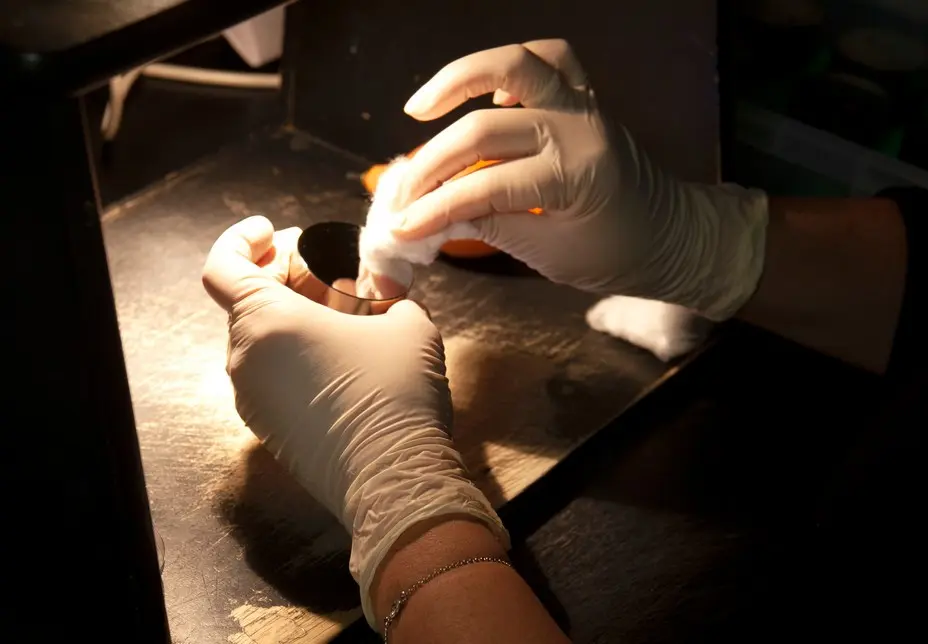Navigating the delicate art of cleaning precision optics requires both knowledge and finesse. Precision optics, found in everything from scientific instruments to high-quality cameras, demand meticulous care to maintain their clarity and performance. This guide offers essential tips and strategies to ensure your optics stay in pristine condition, free from the damages of improper handling.
Understanding Precision Optics and Their Importance
Precision optics are at the heart of numerous advanced devices, from microscopes and telescopes to cameras and laser technology. Their ability to manipulate light with high accuracy is pivotal for scientific research, medical diagnostics, and even the entertainment industry. This pivotal role underscores the necessity of maintaining these components not just for the sake of clarity, but also to ensure the integrity of crucial data and images they help produce.
Damage to these optics, caused by dust, fingerprints, or chemical residues, can significantly degrade performance, leading to inaccuracies that are intolerable in professional settings. The importance of cleaning precision optics, therefore, cannot be overstated, necessitating a careful approach that prevents more harm than it solves.
Materials and Tools Required for Cleaning
Gathering the proper cleaning materials is the first step in the safe maintenance of precision optics. Microfiber cloths, distilled water, isopropyl alcohol, and lens cleaning solutions designed specifically for optical components form the cornerstone of a well-prepared cleaning kit. Also, air blowers and soft-bristled brushes can be used to gently remove surface debris without contacting the optics directly.
It’s imperative to use tools and solutions that are free from lint and abrasive particles. Choosing high-quality, proven products reduces the risk of scratching or leaving residues on delicate optical surfaces. The right materials not only make the cleaning process more effective but also ensure the longevity and reliability of the optics.
Step-by-Step Guide to Cleaning Precision Optics
The process of cleaning precision optics starts with the gentle removal of any surface dust using an air blower. This non-contact method prevents the abrasion that could result from wiping the dust off.
For smudges or fingerprints, a clean microfiber cloth lightly moistened with distilled water or a designated optical cleaning solution (such as alcohol or acetone) should be used. Gently wiping in a circular motion from the center outward ensures even cleaning without concentrating pressure on any area. It’s critical to avoid using excess liquid that could seep into the optic’s housing and cause damage.
For persistent residues, a diluted solution of isopropyl alcohol and distilled water can provide a deeper clean. However, this step must be approached with caution, ensuring the solution is compatible with the specific type of optics being cleaned. Finally, allowing the optics to air-dry or using a dry section of the microfiber cloth completes the process.
Preventing Damage: Do’s and Don’ts
When cleaning precision optics, the adage ‘an ounce of prevention is worth a pound of cure’ rings especially true. Always handle optics by the edges to minimize contact with cleanable surfaces. Ensure a clean, dust-free workspace to avoid introducing new contaminants.
Do not use regular household cleaning solutions or paper-based products, as these can introduce scratches or leave behind hard-to-remove residues. Similarly, breathing on the optics to fog them up for cleaning should be avoided due to the risk of depositing saliva and contaminants.
Proper storage also plays a critical role in preventing damage. Optics should be kept in a clean, dry environment, ideally within protective cases that shield them from dust and accidental contact. Regular inspections can help catch and remove dust before it becomes a problem, reducing the need for frequent cleaning.
Maintaining Optics: Long-Term Care and Storage Tips
The long-term performance of precision optics greatly benefits from a consistent maintenance schedule. Beyond regular cleaning, checking for alignment, scratches, and other potential issues can help catch problems before they impact functionality.
Environmental controls can also play a significant role in preserving optic quality. Maintaining a stable temperature and humidity level prevents condensation and the accumulation of dust. For extremely sensitive components, investing in protective enclosures with air filtration systems can provide an added layer of defense against particulate damage.
Lastly, when not in use, safeguard optics from direct sunlight and other sources of UV light, which can degrade certain materials over time. By following these guidelines, your precision optics can continue to perform at their best for years to come.
Ensuring Optimal Performance Through Proper Care
In the pursuit of perfection within the realm of precision optics, adopting a meticulous and informed approach to cleaning is fundamental. By understanding the specific needs and vulnerabilities of these delicate components, you can ensure their longevity and functionality. Remember, the key to maintaining the optimal performance of precision optics lies not just in regular cleaning, but in doing so with the right tools and techniques. Armed with the knowledge imparted in this guide, you are now equipped to provide your precision optics the care they deserve.



